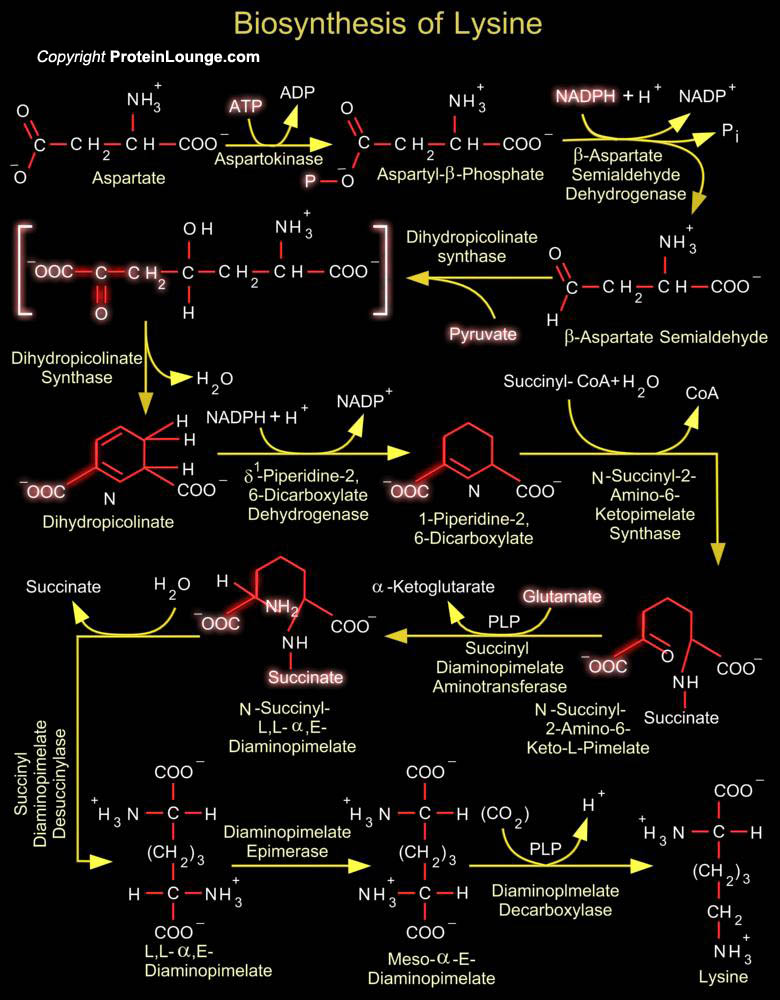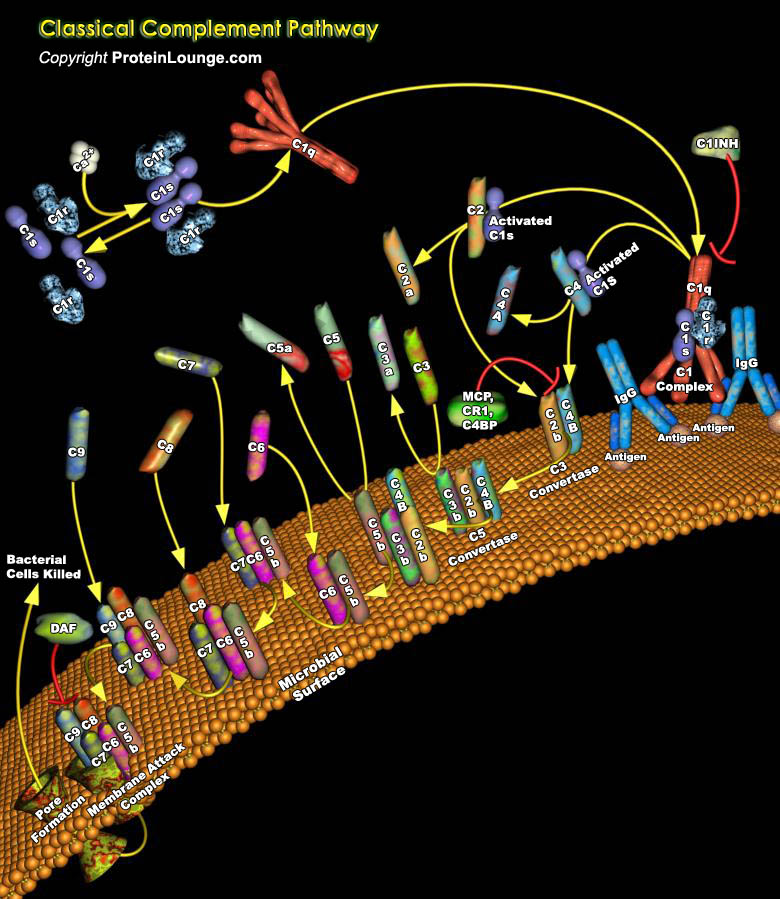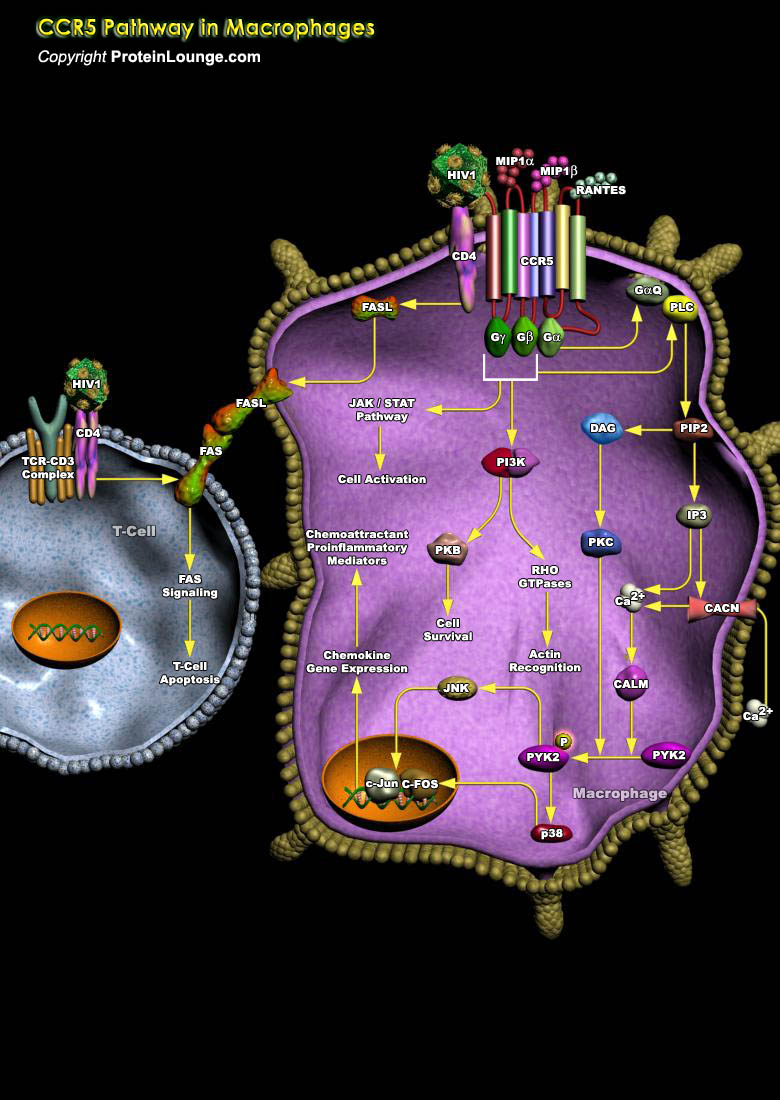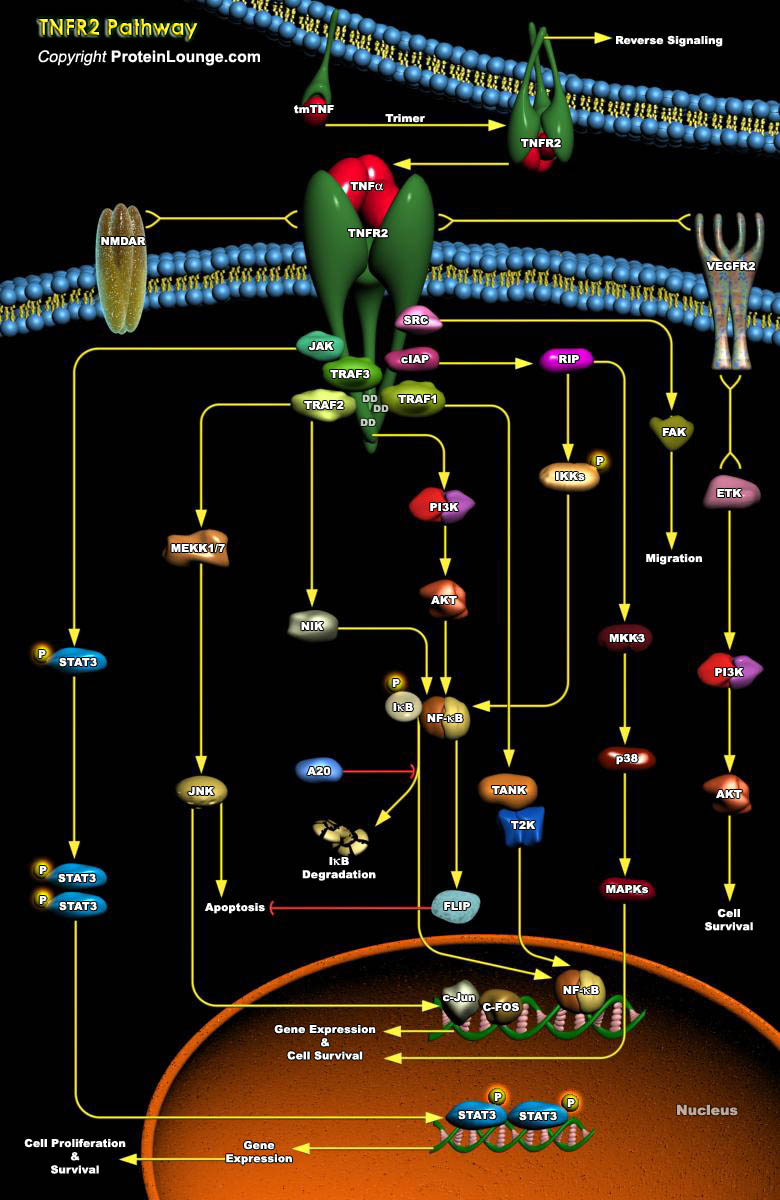Featured Pathways

Isoleucine encoded by the codons AUU, AUC, and AUA used in the biosynthesis of proteins. It is a α-amino acid that contains an α-amino group, an α-carboxylic acid group, and a hydrocarbon side chain. It is classified as a non-polar, uncharged (at physiological pH), branched-chain, aliphatic amino acid. Isoleucine is essential in humans, meaning the body cannot synthesize it,[..]


Development of a proper immune system requires the selection of lymphocytes expressing a useful repertoire of antigen receptors that can respond to foreign or dangerous antigens but not to self. For T-Cells developing in the thymus, these selection processes include both positive and negative selection of immature CD4 and CD8 cells, helping shape the mature T-Cell repertoire. These processes are[..]

The integrity of genetic information depends on the fidelity of DNA replication and on the efficiency of several different DNA repair processes. Among many types of DNA repair, the general MMR (DNA Mismatch Repair) pathway is responsible for correcting base substitution mismatches which is generated during DNA replication in organisms from bacteria to mammals. The MMR system improves the[..]

OX40 is an approximately 50-kD transmembrane glycoprotein of 249 amino acids, with a 49 amino acid cytoplasmic tail and a 186 amino acid extracellular region. It is a member of the TNFR (tumor necrosis factor receptor) superfamily and has three complete and one truncated cysteine-rich domains. It is a T-Cell activator that is believed to promote the survival (and perhaps prolong the immune[..]

B lymphoid cells are essential for the humoral immune response by producing a diverse range of antigen-specific antibodies. Antibody-mediated immunity is provided by two distinctive B cell lineages that diverge early in life. The better-known conventional, or B2, B cells provide adaptive immunity by producing high-affinity pathogen-specific antibodies, typically in a T cell-dependent manner.[..]

p21-activated kinase (PAK) family of serine/threonine protein kinases are downstream effectors of the Rho family of GTPases (Rac and Cdc42). PAKs are found in most eukaryotes and play an evolutionarily conserved role in many cellular processes like cell proliferation, survival, gene transcription, transformation, and cytoskeletal remodeling (Ref.1). There are six[..]

The actin family is a diverse and evolutionarily ancient group of proteins that provide the supportive framework to the three-dimensional structure of eukaryotic cells. It provides the forces that enable the cell to adopt a variety of shapes and to undertake directed movements. Certain cell types, such as polymorphonuclear leukocytes, monocyte/macrophages, and metastatic cells, are able to move[..]

Cysteine, a sulfur-containing amino acid, is indispensable for the survival of virtually all living organisms, from bacteria to higher eukaryotes. This amino acid is implicated in several processes, including the stability, structure, regulation of catalytic activity, and post-translational modification of various proteins. Due to the ability of its thiol group to undergo redox reactions,[..]


Ras is a membrane-associated guanine nucleotide-binding protein that is normally activated in response to the binding of extracellular signals, such as growth factors, RTKs (Receptor Tyrosine Kinases), TCR (T-Cell Receptors) and PMA (Phorbol-12 Myristate-13 Acetate). Ras signaling affects many cellular functions, which includes cell proliferation, apoptosis, migration, fate specification, and[..]

Complement is a system of circulating enzymes that is part of the body's response to illness or injury. The complement system plays an essential role in host defence against infectious agents and in the inflammatory process. It consists of about thirty plasma proteins that function either as enzymes or as binding proteins. In addition to these plasma proteins, the complement system includes[..]




















